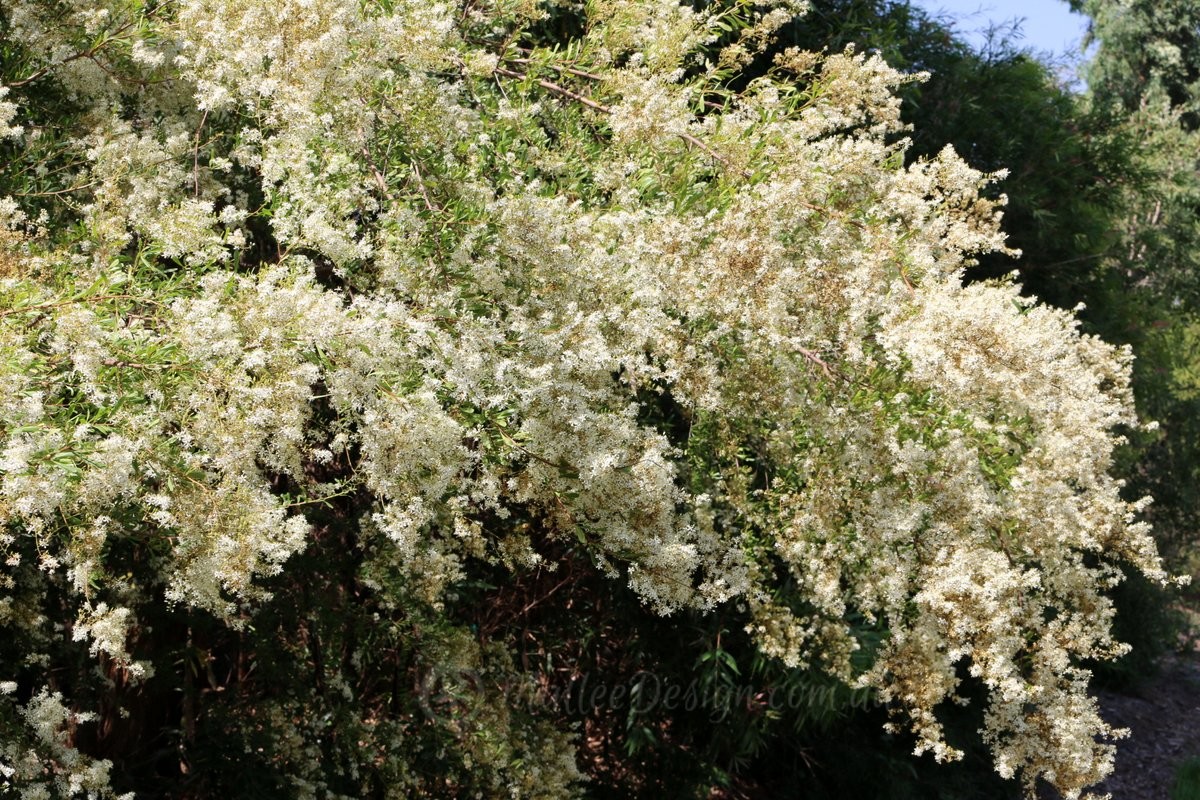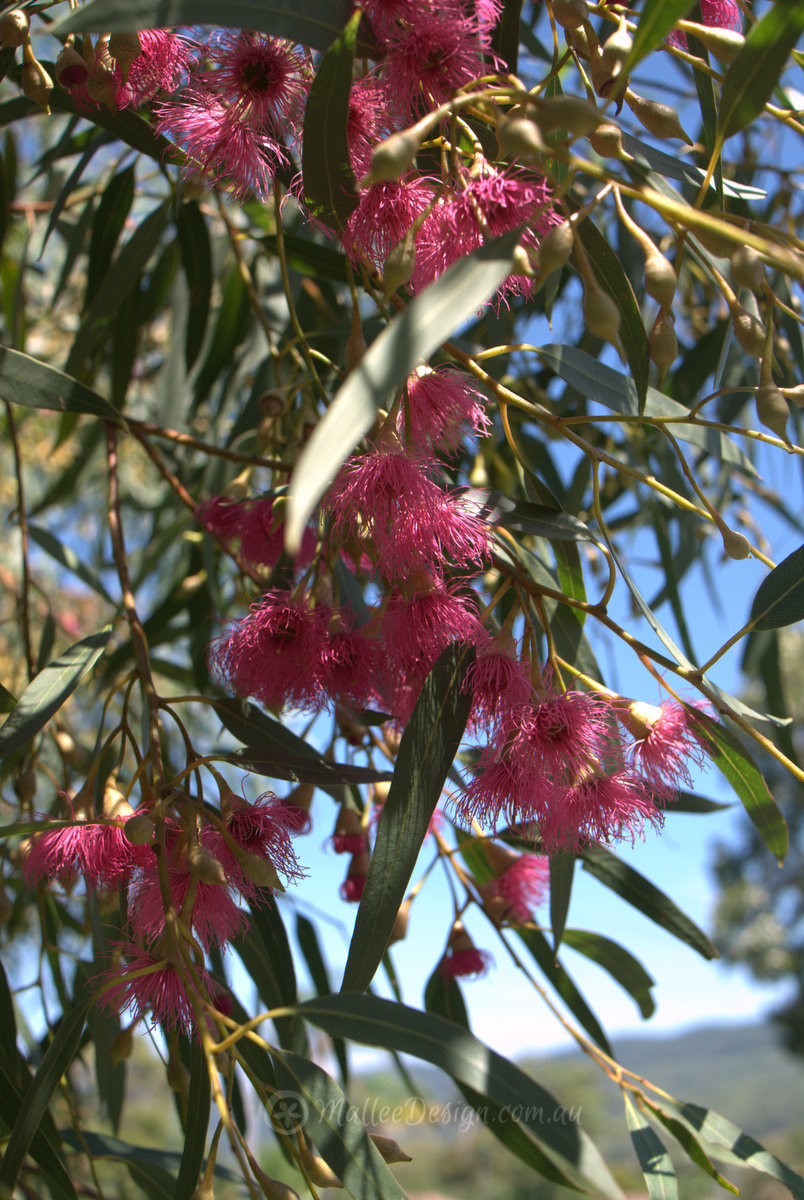-
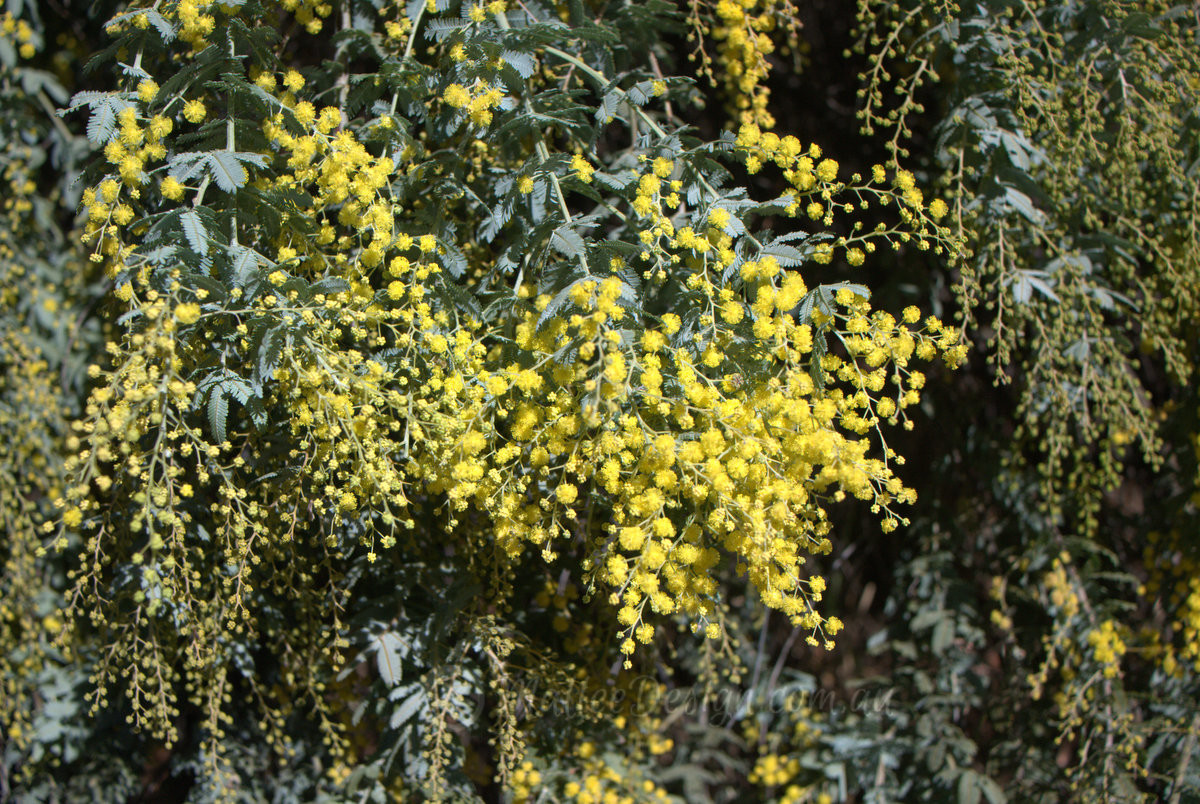
A multi-purpose favourite : Acacia baileyana Prostrate
What can this wattle not do?! it can be a dense ground cover, a spillover for a retaining wall or garden edge, a low mounding feature shrub and a lovely soft border plant. On top of all that it flowers like nobody’s business in the middle of Winter! Acacia baileyana Prostrate is a low growing…
-
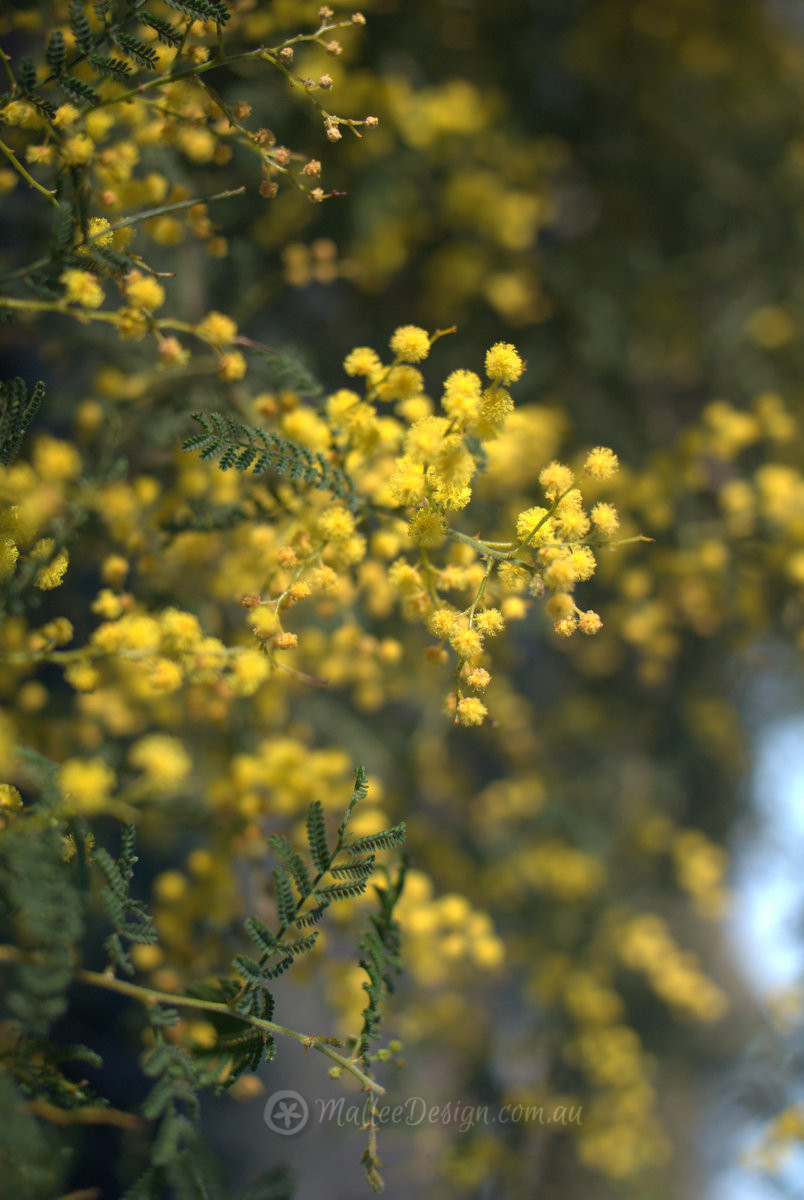
Yum Yum: Acacia cardiophylla
This is a wattle close to my heart, it is one of the most strongly perfumed Australian native flowers I have come across, but not in a over-powering sweet, honey-nectar way, it is more of a Boronia type scent…yum, yum… This is also a very useful Acacia for its capacity to withstand strong winds, I…
-
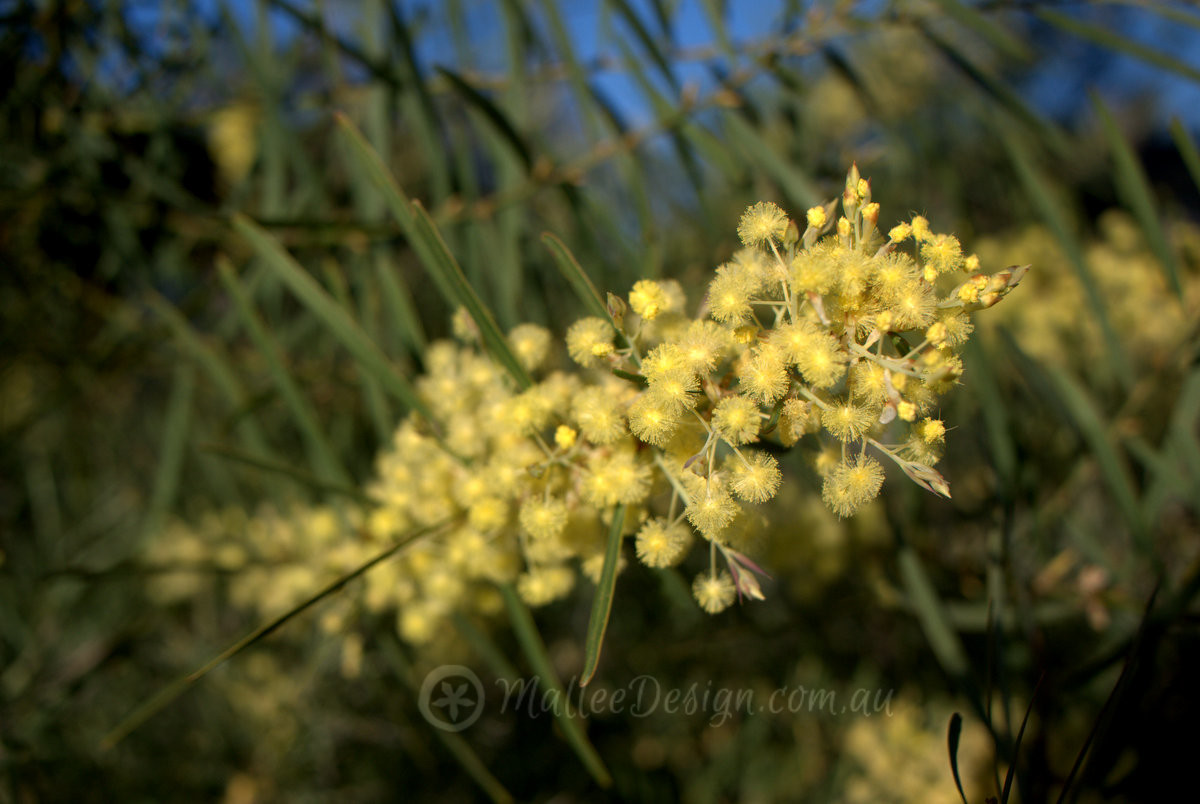
Wonderful Winter Wattles: Acacia iteaphylla
I love wattles, they are so useful for quick screens, winter flowers and perfume, they grow quickly and can act as a coloniser for a new garden giving it almost immediate structure. The older I get the longer lived Acacia species seem to me too, they can last 8 to 10 years sometimes 15 if…
-
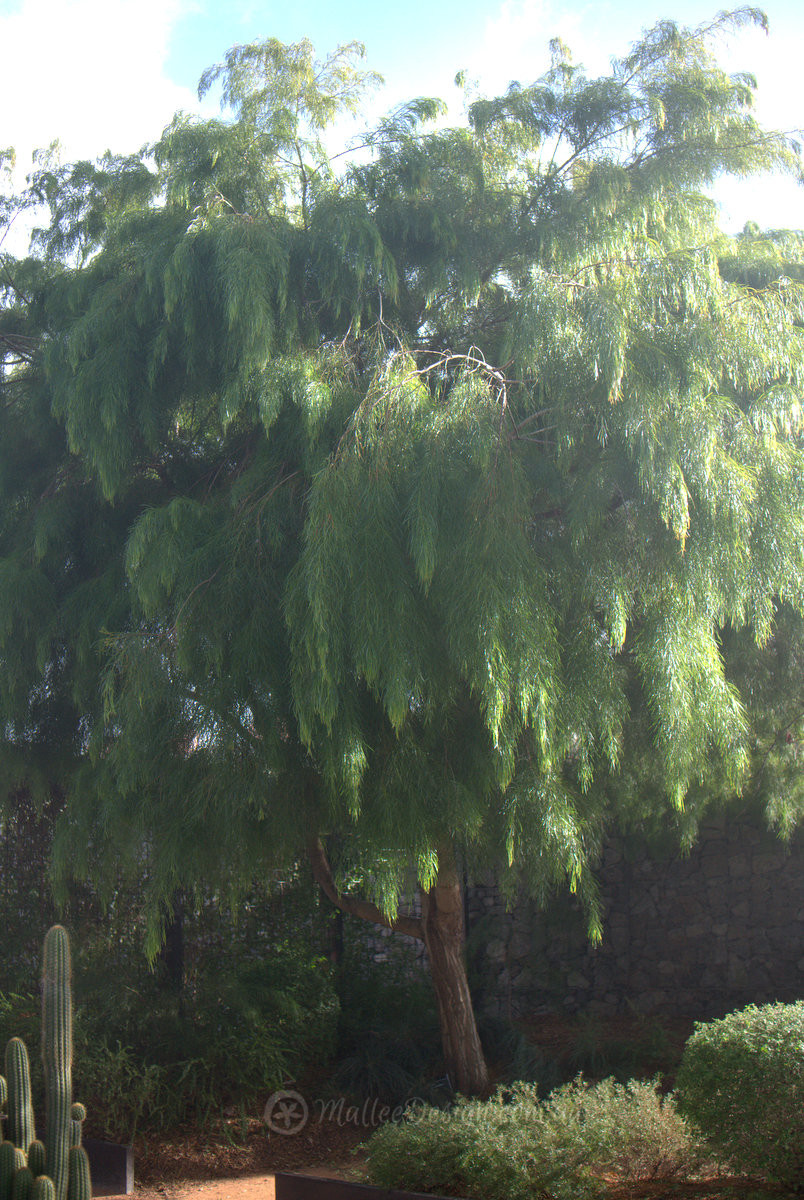
The weepiest of them all: Acacia cognata
Ahhh the river wattle, flopping about just like a willow 😉 Acacia cognata surely must be the weepiest and most cultivated of wattles, it is being remade and re branded everywhere! and for good reason too. Acacia cognata has a weeping habit like no other and creates a soft gentle screen or eye catching feature…
-
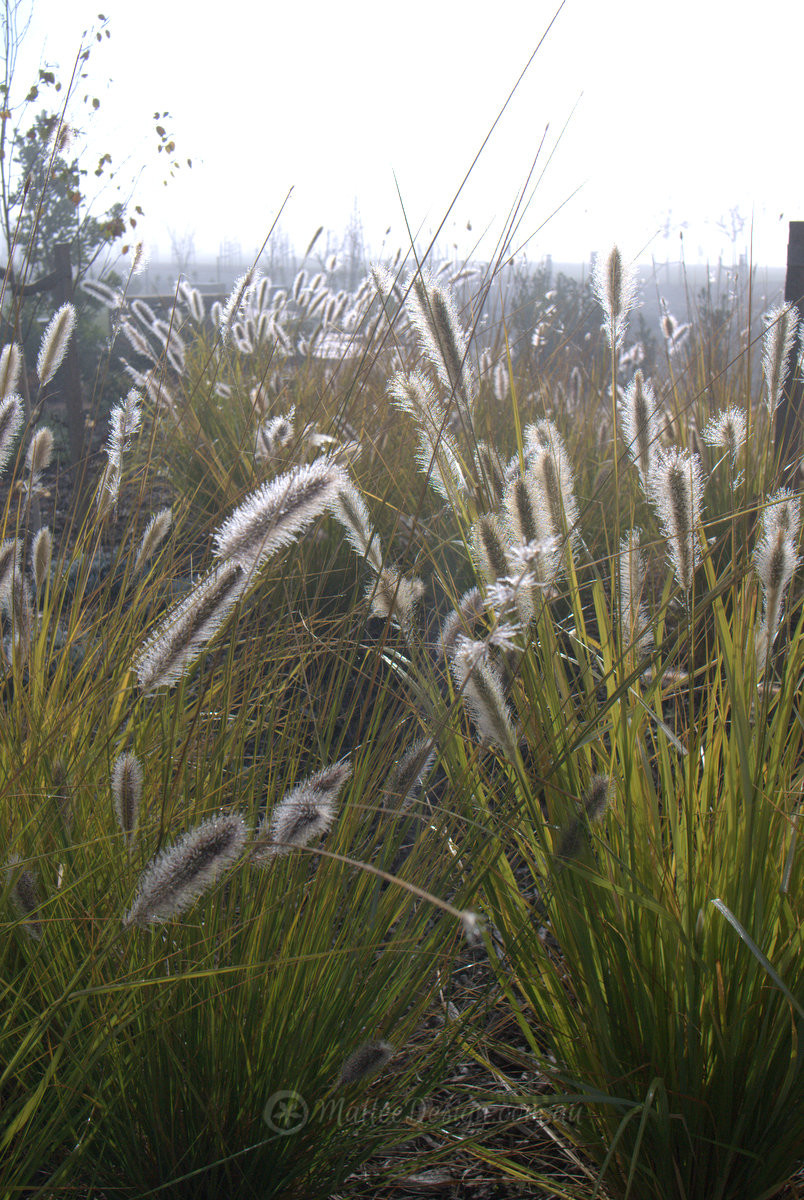
The flexible Pennisetum alopecuroides
Pennisetum alopecuroides is a striking native grass that makes a bold statement planted independently, as a border, backdrop or en masse. This is commonly know as Foxtail grass not to be confused with the South African Pennesetum which has become a weed in some parts of Australia. However, in some parts of Australia this native grass…
-
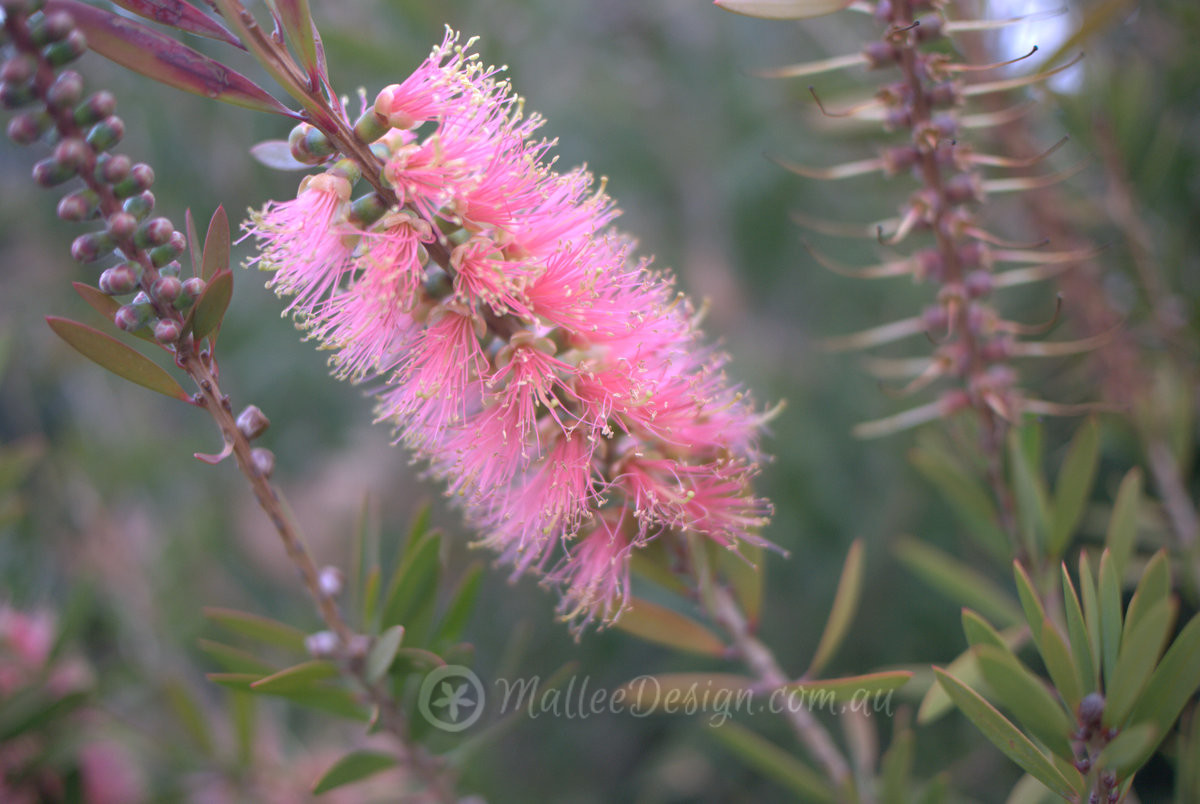
Pretty in Pink: Callistemon ‘Pink Champagne’
There are so many varying coloured Callistemons available now, there isn’t really any reason to only associate them with the traditional red anymore. I am a big fan of the softer coloured bottlebrushes, the greens pale yellows and pinks, the soft pinks in particular are some of my favourites. This is Callistemon ‘Pink Champagne’ a…
-
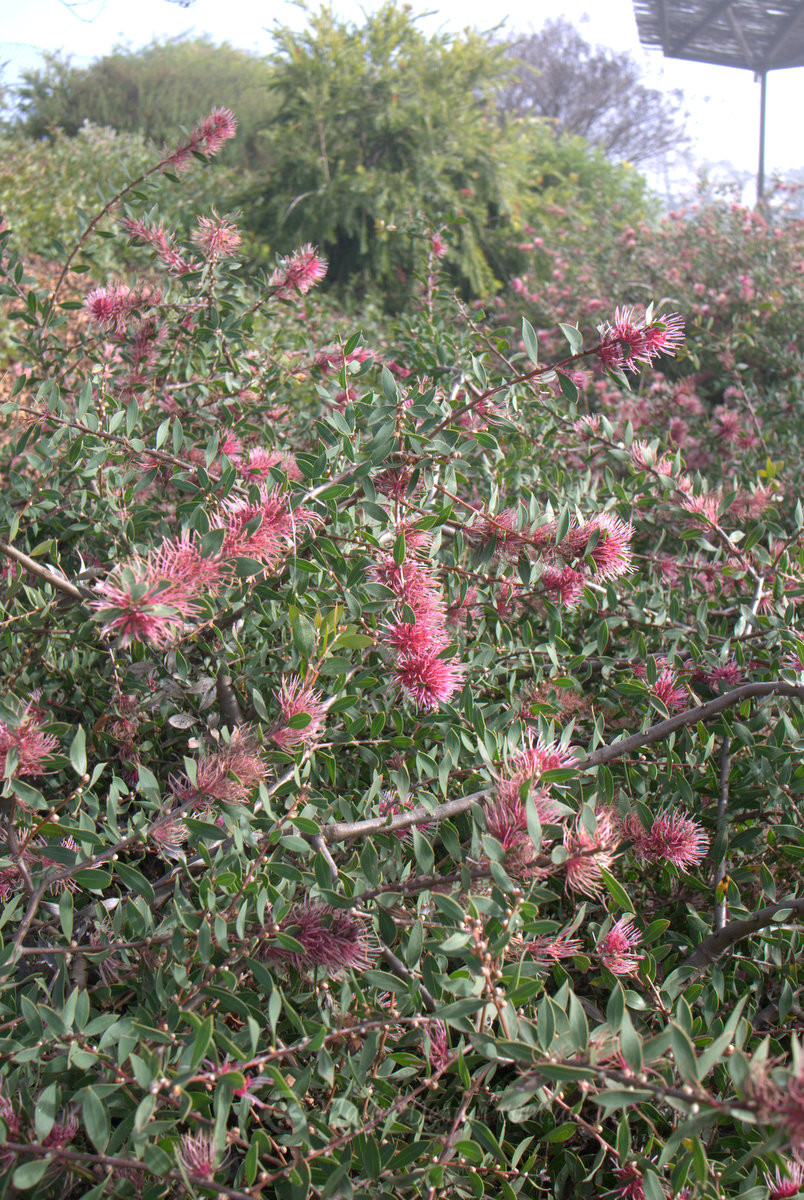
Winter brightener: Hakea ‘Burrendong Beauty’
I have already written about this striking low growing Hakea here however I think this is one of the many very special native plants that deserves a second (and possibly third) plug 😉 This is Hakea myrtoides-x-petiolaris ‘Burrendong Beauty’ a wonderful hybrid low spreading shrub that loves to tangle itself up and create a dense prickly mess…
-
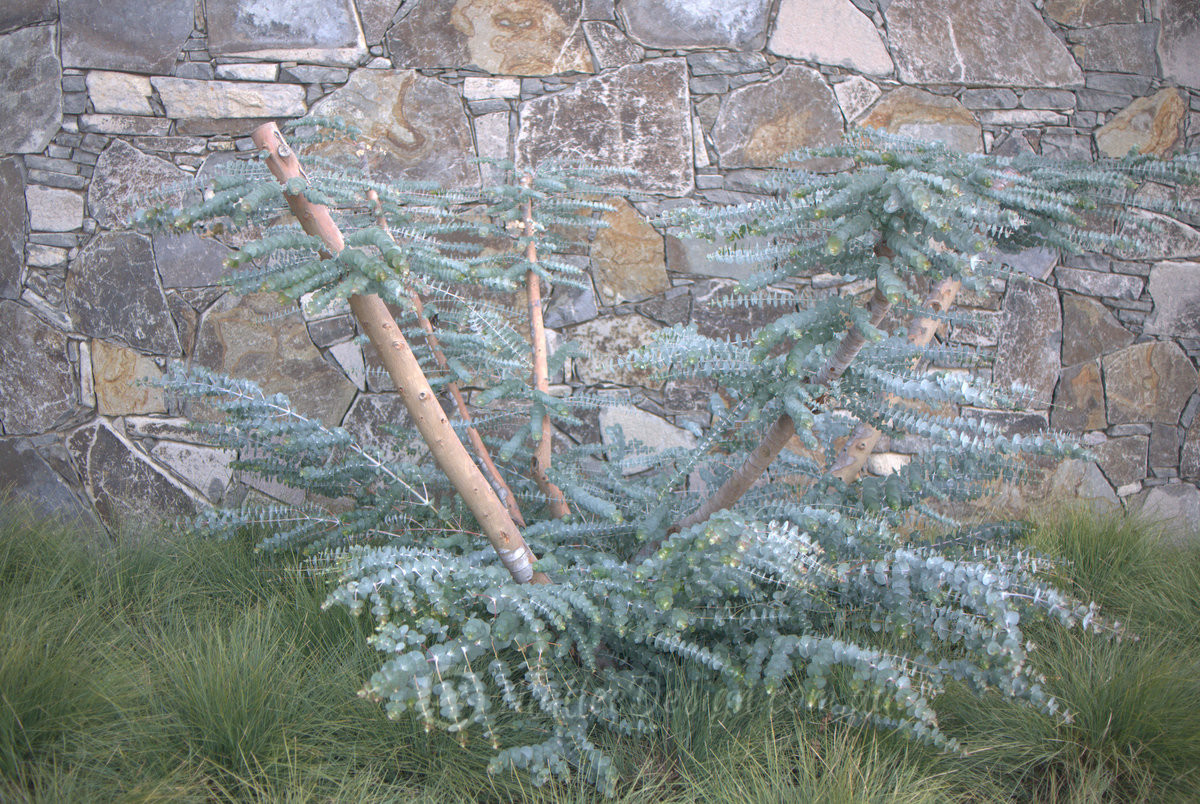
Prune me! I am Eucalyptus pulverulenta!
This is without a doubt one of my favourite small Mallee Eucalypts, it is a very malleable mallee 😉 it responds so well to pruning that if you don’t prune it you are almost doing the plant a disservice. These photos were taken at the Arboretum in Canberra where there is a stand of Eucalyptus pulverulenta…
-
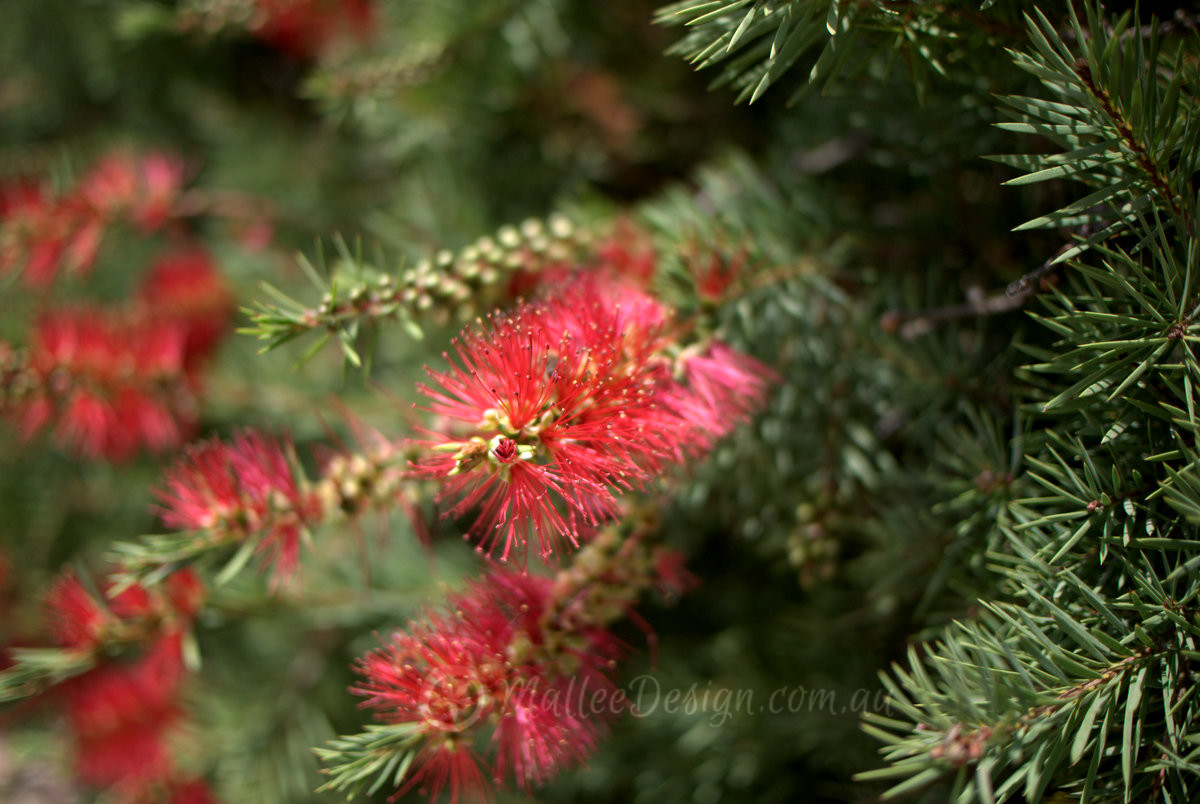
Another Callistmon for the resurgence: Callistemon subulatus ‘Brogo Overflow’
I have written before about my love of bottlebrush and how I wish for a resurgence in their use in garden design and the general landscape. There are many new interesting forms and cultivars that are a far shot from the ratty, sparse unloved street trees we all know. They come in soft pinks, deep…
-
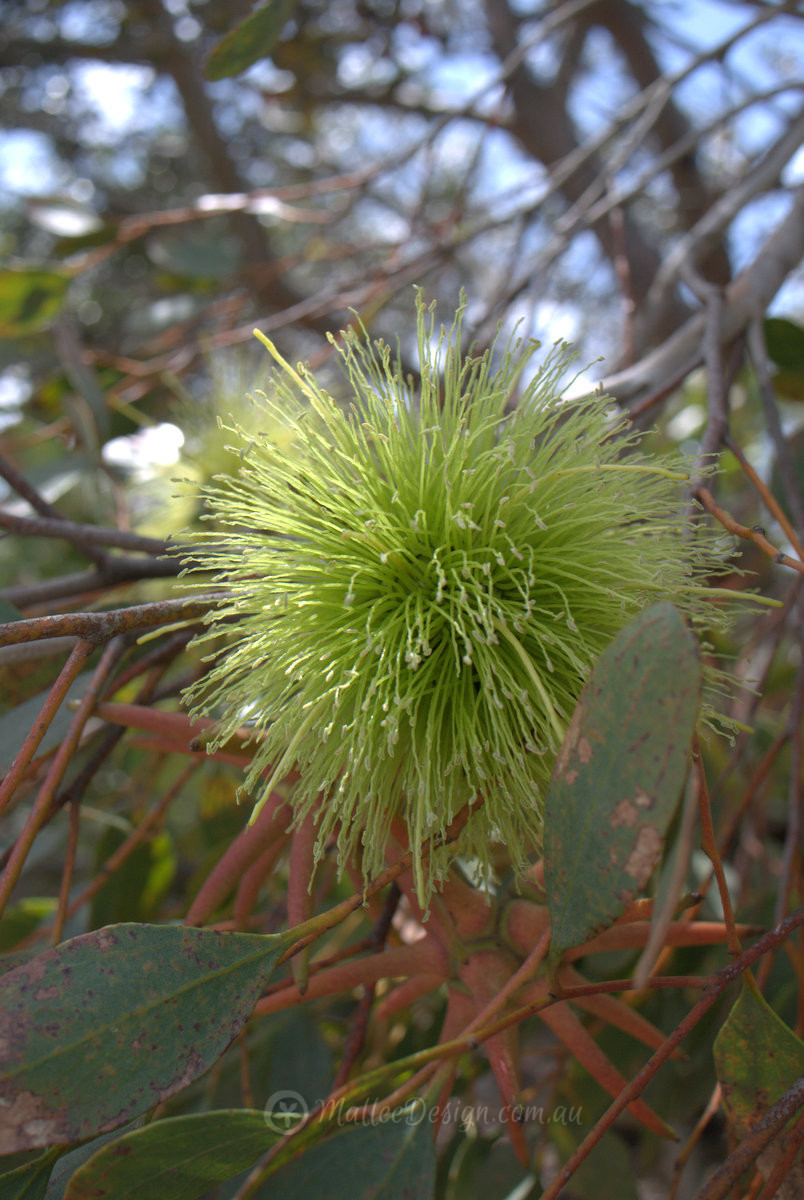
Why the name Mallee?
I am often asked if I come from Mallee country in Victoria and sadly the answer is no, Mallee Design my business name was not chosen for geographical reasons it was chosen for aesthetic reasons. I am in love with Mallee Eucalypts. A Eucalyptus becomes classed as a Mallee if it has the following attributes…
-
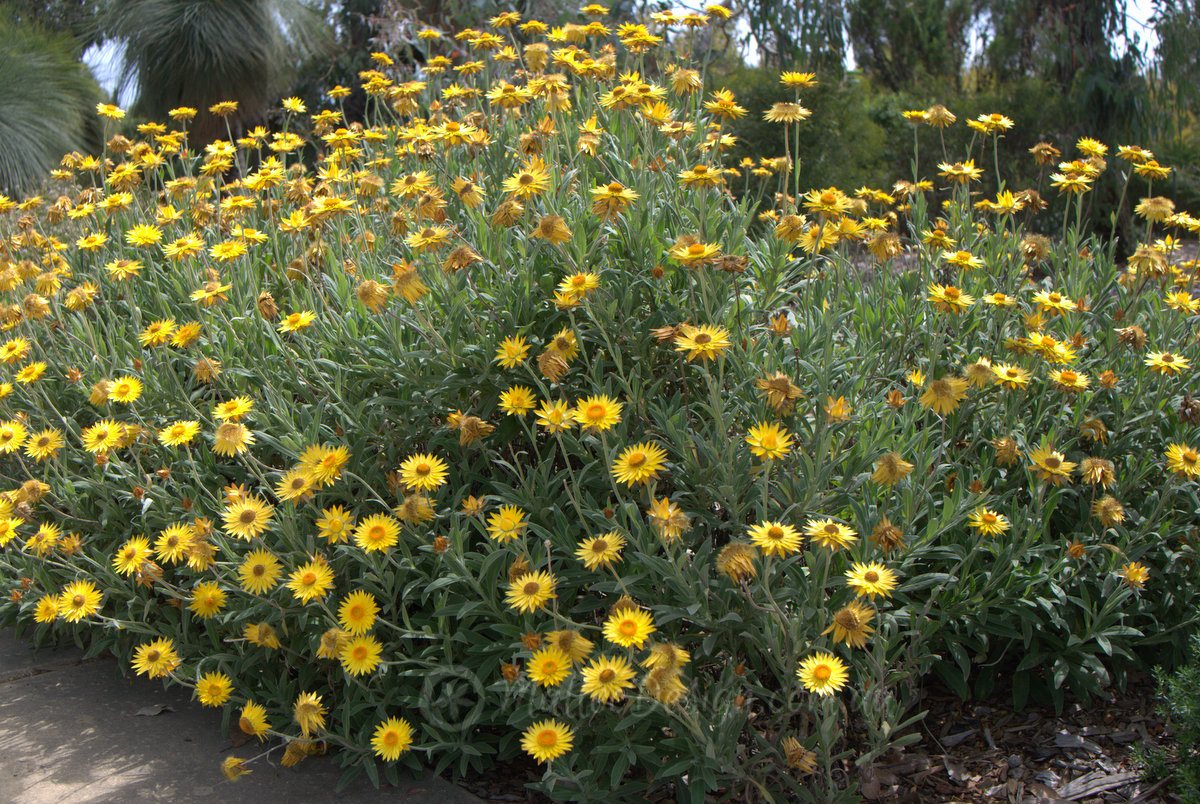
Remember daisies make you happy! Xerochrysum ‘Dargan Hill Monarch’
I need a little cheering up today, and although I have hundreds of interesting plant and landscape design photos from my recent Victorian trip I just need to share some sunny happiness in the form of yellow native daisies, bear with me … The paper daisy in the above photos is Xerochrysum ‘Dargan Hill Monarch’…
-

The exploding Leptospermum ‘Starry Night’
I have been monitoring these Leptospermum obovatum ‘Starry Night’ shrubs (that I planted in a neighbours garden) closely, waiting, waiting for them to flower and BOOM! last week they exploded! I love reddish or burgundy foliage and there are several species of Leptospermum with a red tinge to the leaf however ‘Starry Night’ is…
-
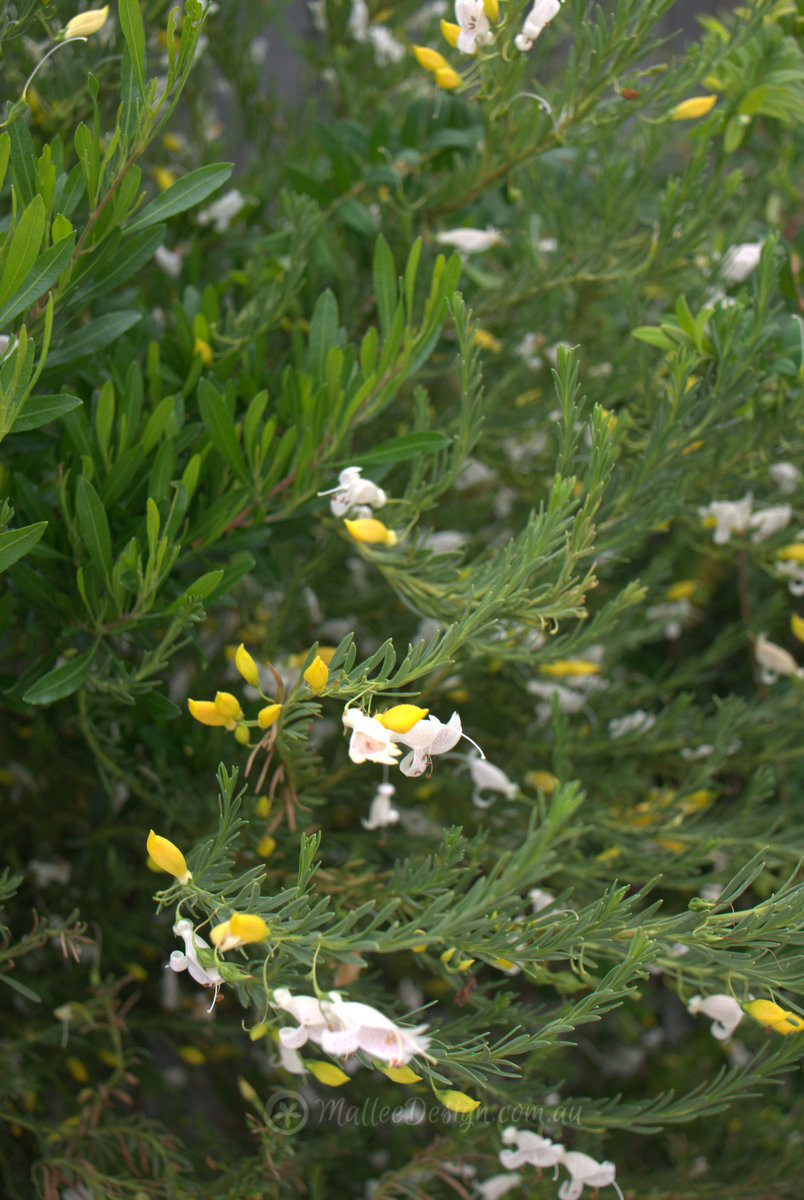
Two toned toughie: Eremophila racemosa ‘Peaches and Cream’
This hardy little shrub is aptly named for its two toned flowers, this Emu bush has yellow flower buds which once open change colour to white…get it peaches and cream … boom ching! Anyway cliche plant breeder names aside this is number seven in my memorable Eremophila line up. Eremophila racemosa ‘Peaches and Cream’ is…
-
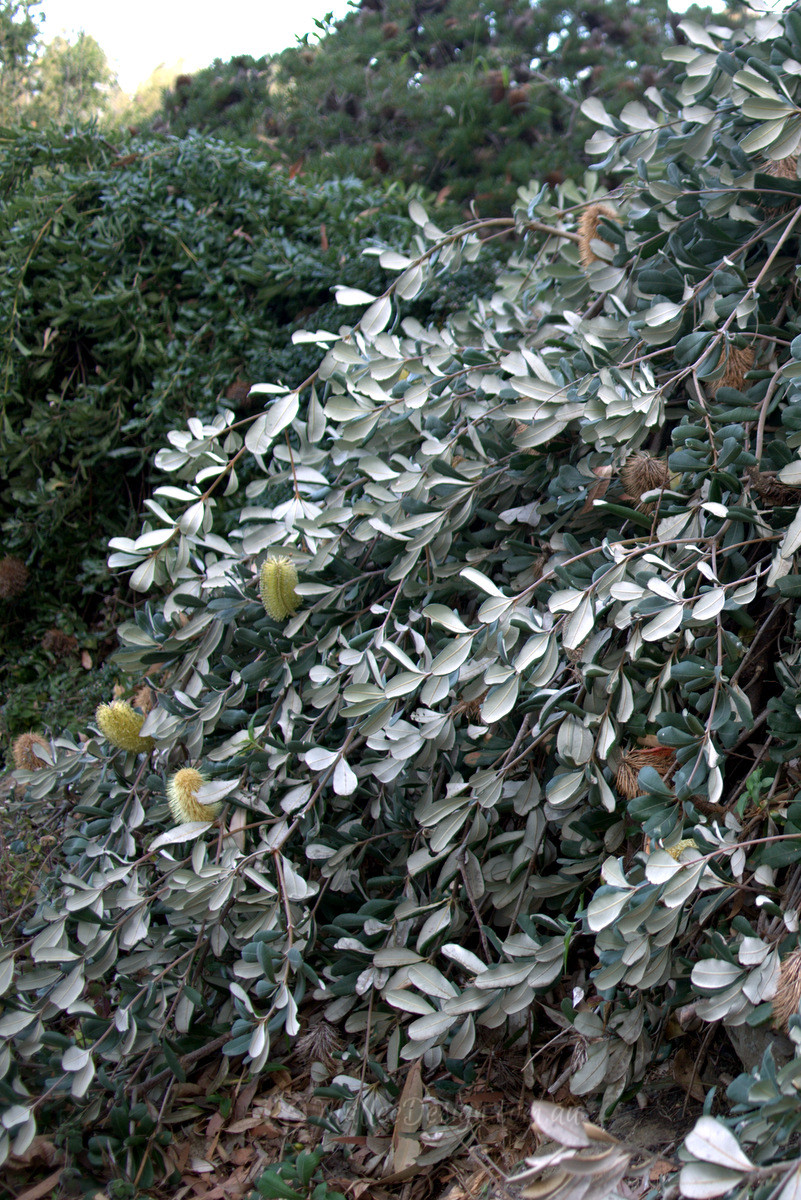
The silver cascading Banksia ‘Roller Coaster’
This is one of the most useful native plants around, a prostrate form of the coast Banksia, Banksia integrifolia. I like to use it for covering embankments like the one in these images at the Bulli Grevillea Park. It also layers upon itself giving it some height and density and therefore creating a useful mounding shape.…
-
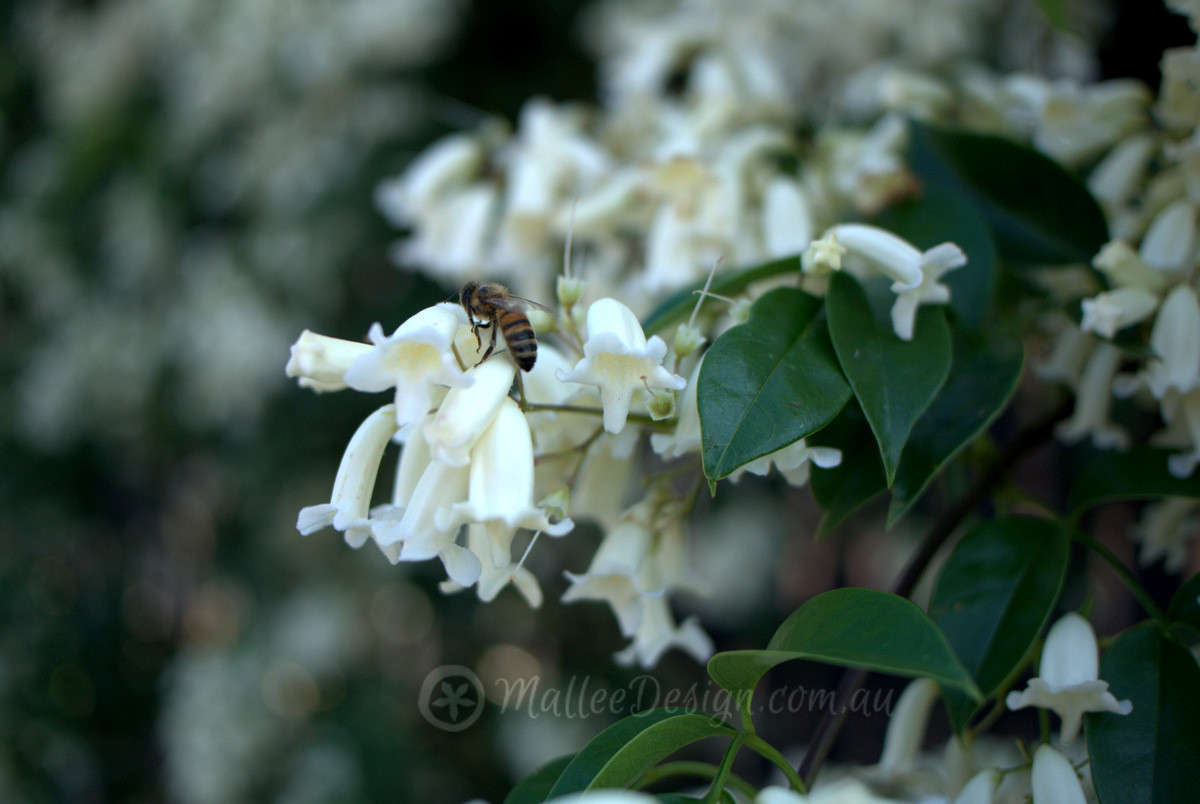
A job done well: Pandorea pandorana ‘Snowbells’
If you need a reliable, quick growing climber to screen or cover an area, that attracts birds and bees and generally looks healthy and flowers profusely… well then what do you think of Pandorea pandorana ‘Snowbells’? This is form of Pandora produces masses of snowy white trumpet-like flowers in late winter and early spring, attracting…
-
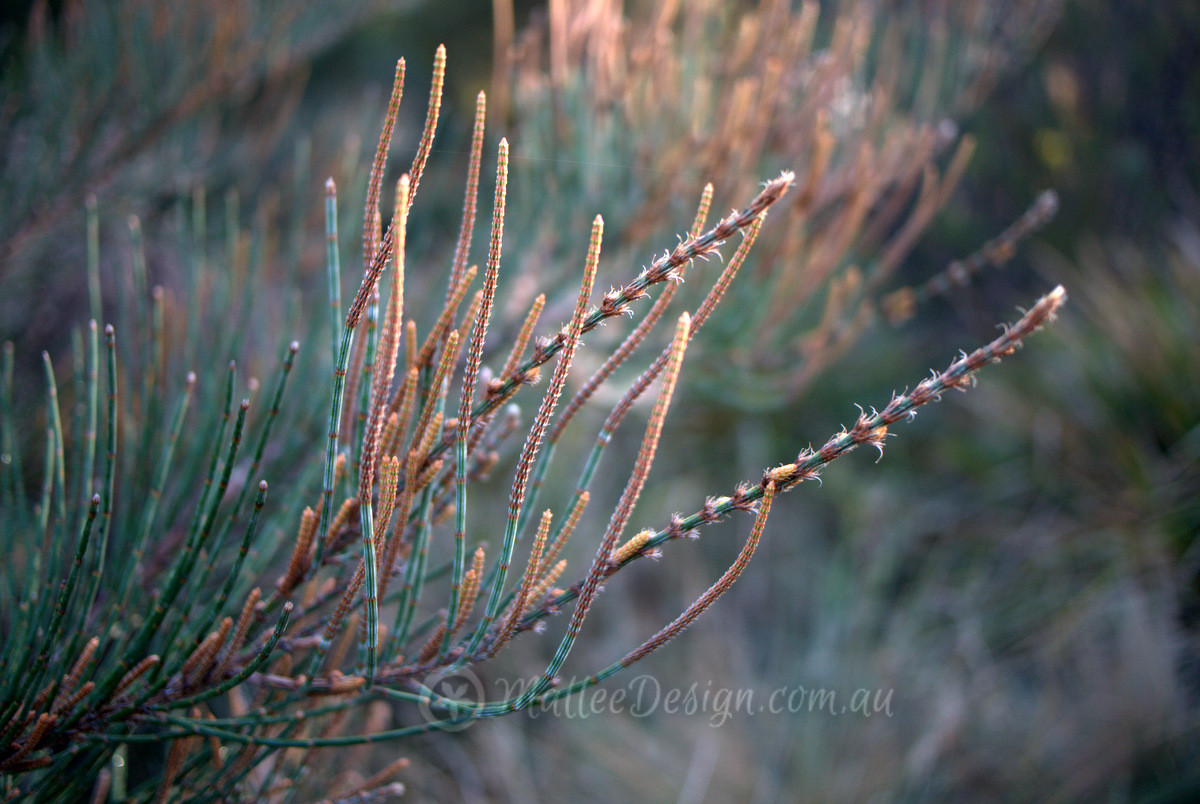
Something different: Allocasuarina crassa and monilifera
Casuarinas and Allocasuarinas can be a funny bunch, I love them dearly: trees, cultivars and dwarf species alike. I use the groundcover form of Casuarina glauca often and Casuarina ‘Green Wave’ is one of my all time favourite shrubs. But there are so many more once you begin exploring especially in the southern states and…
-
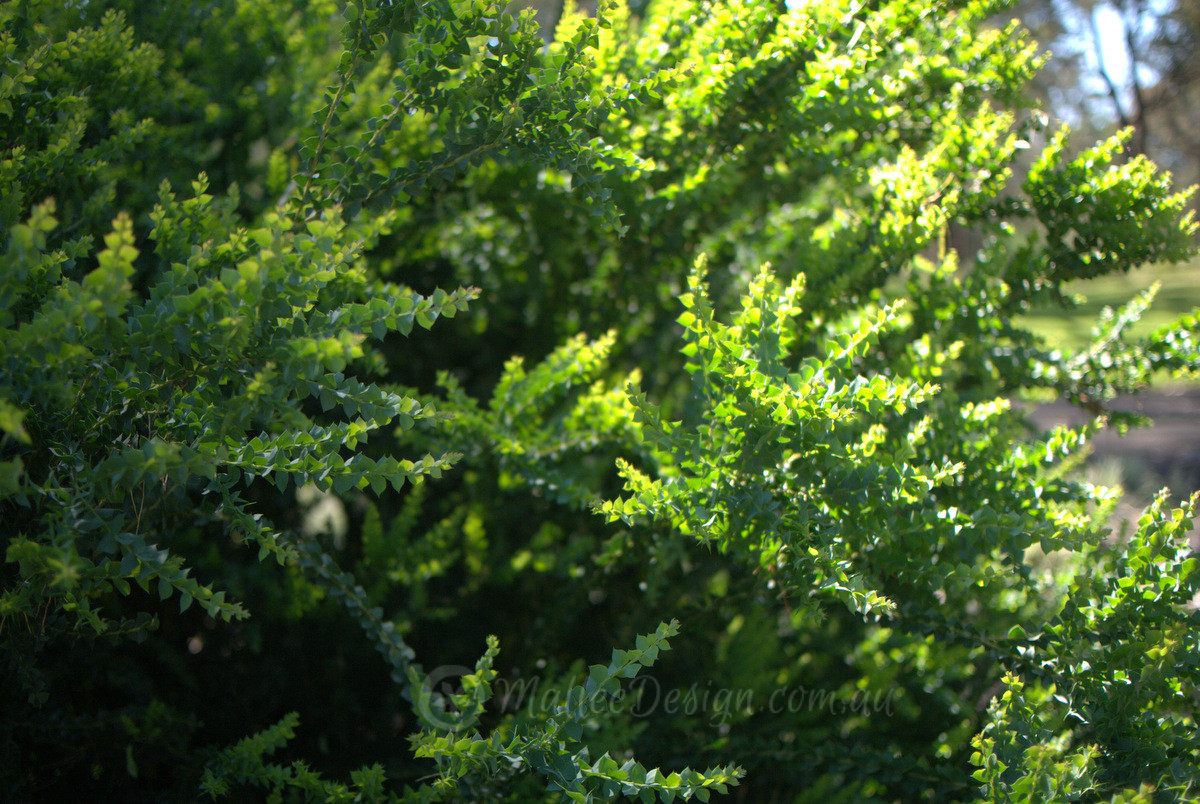
Happy Wattle Day! Acacia ‘Little Nugget’: Foliage before flowers
It’s the first of August again and so Happy Wattle Day! along with all the historic connotations of this wonderful day I do truly rejoice in the wonderful genus that is the Acacia, and not only for its flower but the foliage of the Acacias are equally diverse and interesting. The wattle in these images…
-
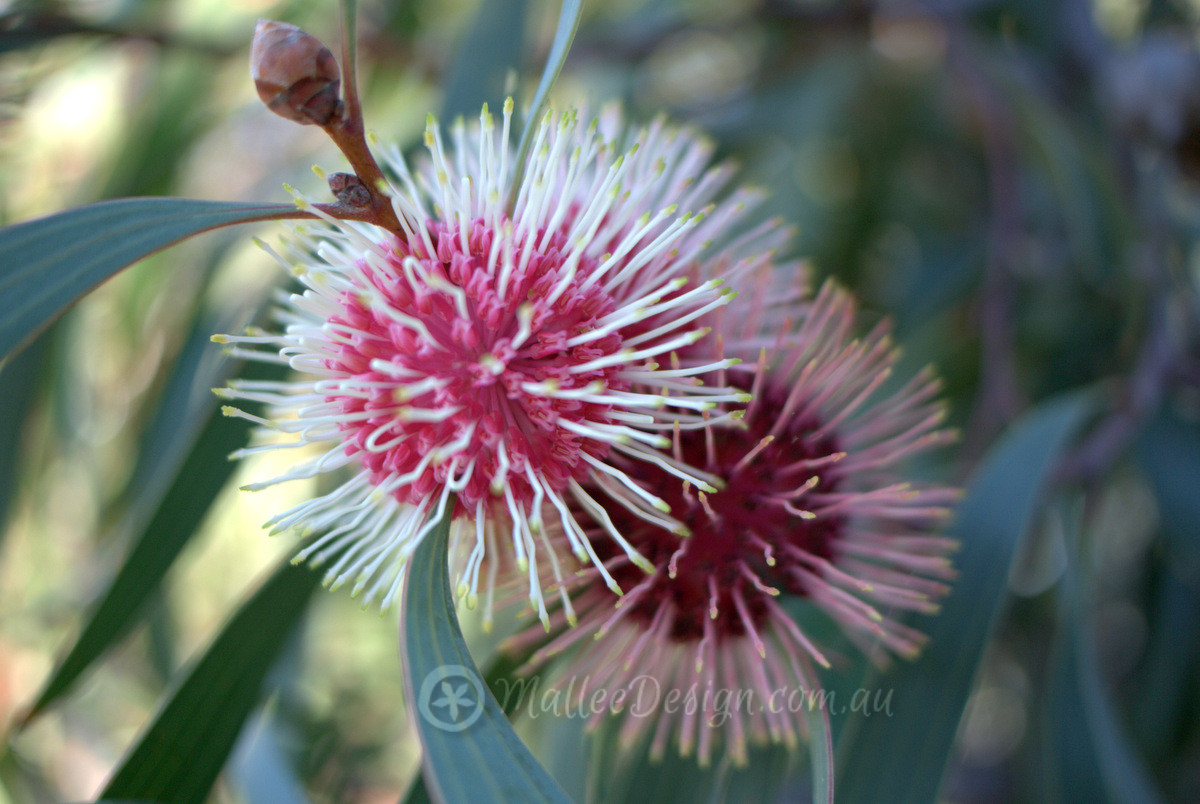
The distinctive Pin Cushion Flower of Hakea laurina
This must be one of the most recognisable Australian native flowers, its incredible two toned spherical flower pops out at you from quite a distance. I love Hakea laurina it is such an obvious Australian bloom, it lasts well cut in a vase and looks fascinating even in bud. These images are taken of a couple…
-
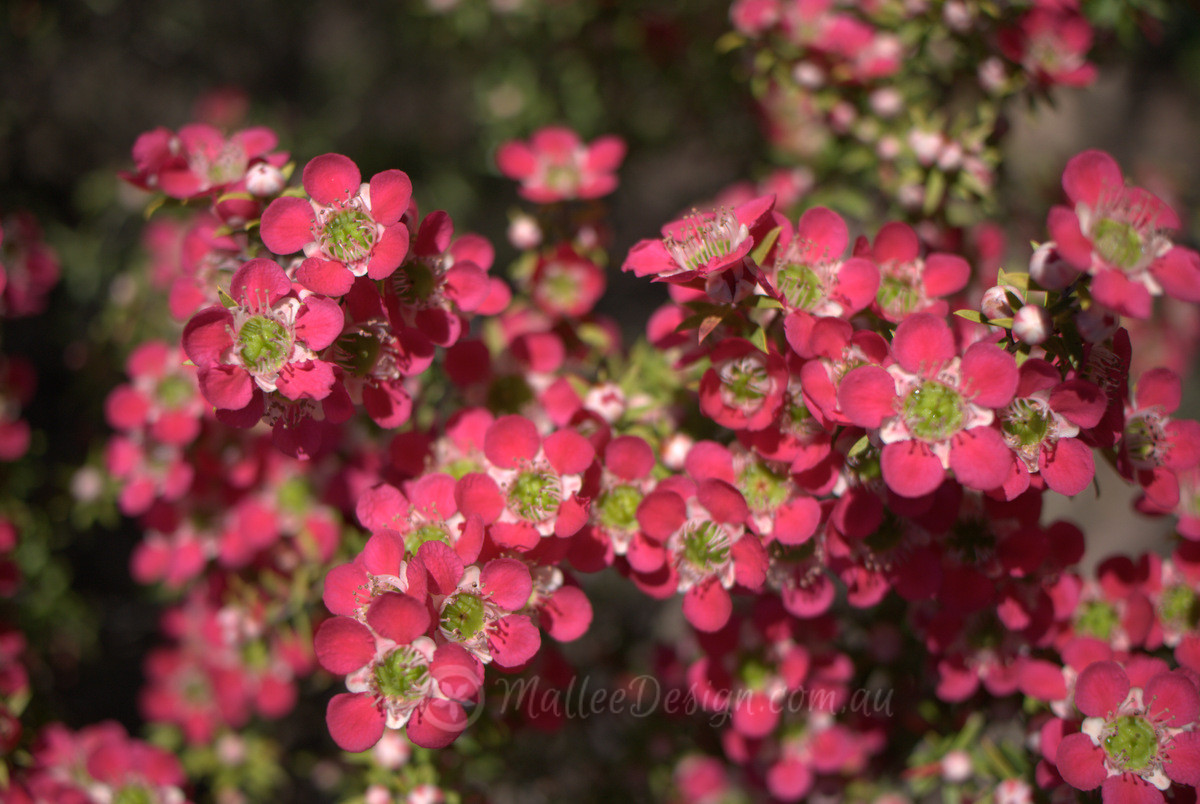
Hot Tea-trees: Leptospermum ‘Pageant’ and ‘Outrageous’
I love tea trees but don’t often think of them as particularly showy when in flower, except for ‘Cardwell’ of course which almost flowers until on the verge of collapse 😉 Leptospermums for me are a super useful and beautiful screening plant, often with scented foliage and pretty bark. They can have leaves in colours…
-
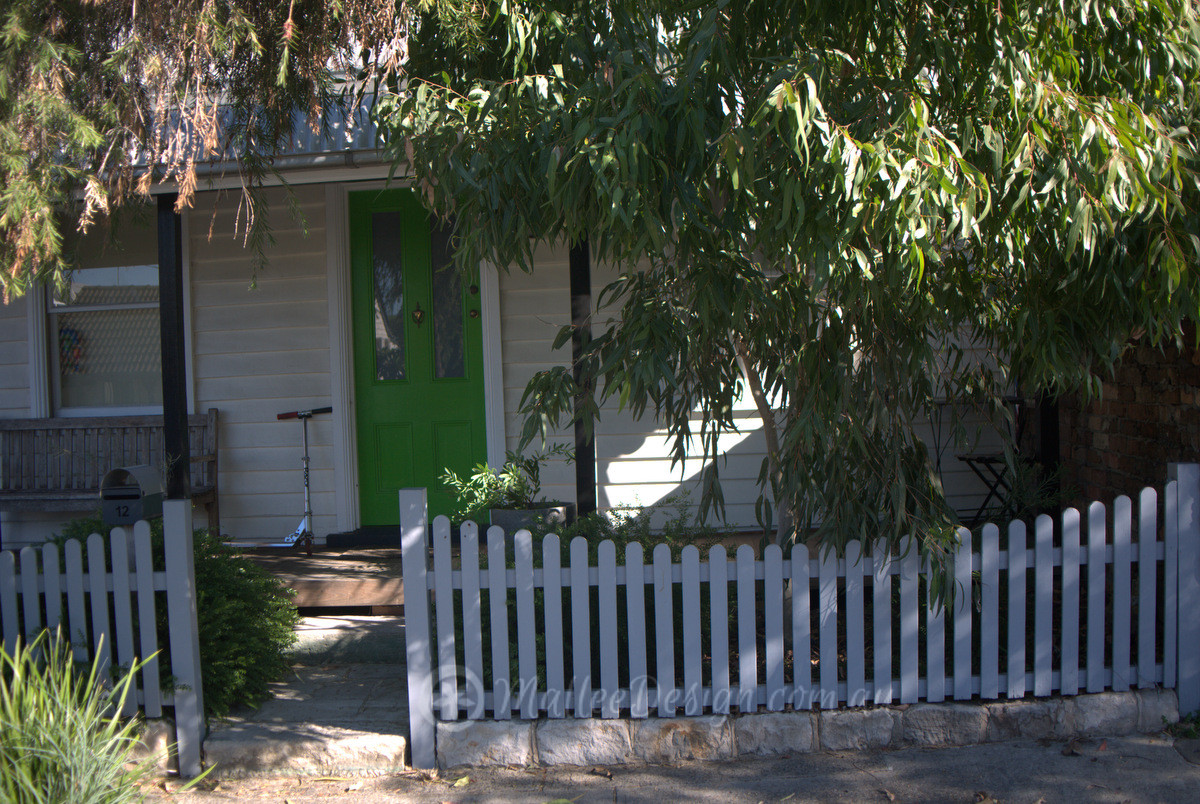
Portfolio: Garden Design Lilyfield
This is the tiny front garden of a small cottage in Lilyfield that was planted out about about 2 years ago, during that time it has flourished! Providing well needed privacy from the street and adding a lovely sense of arrival as you step off the pavement. The feature screening tree is a grafted Dwarf…
-
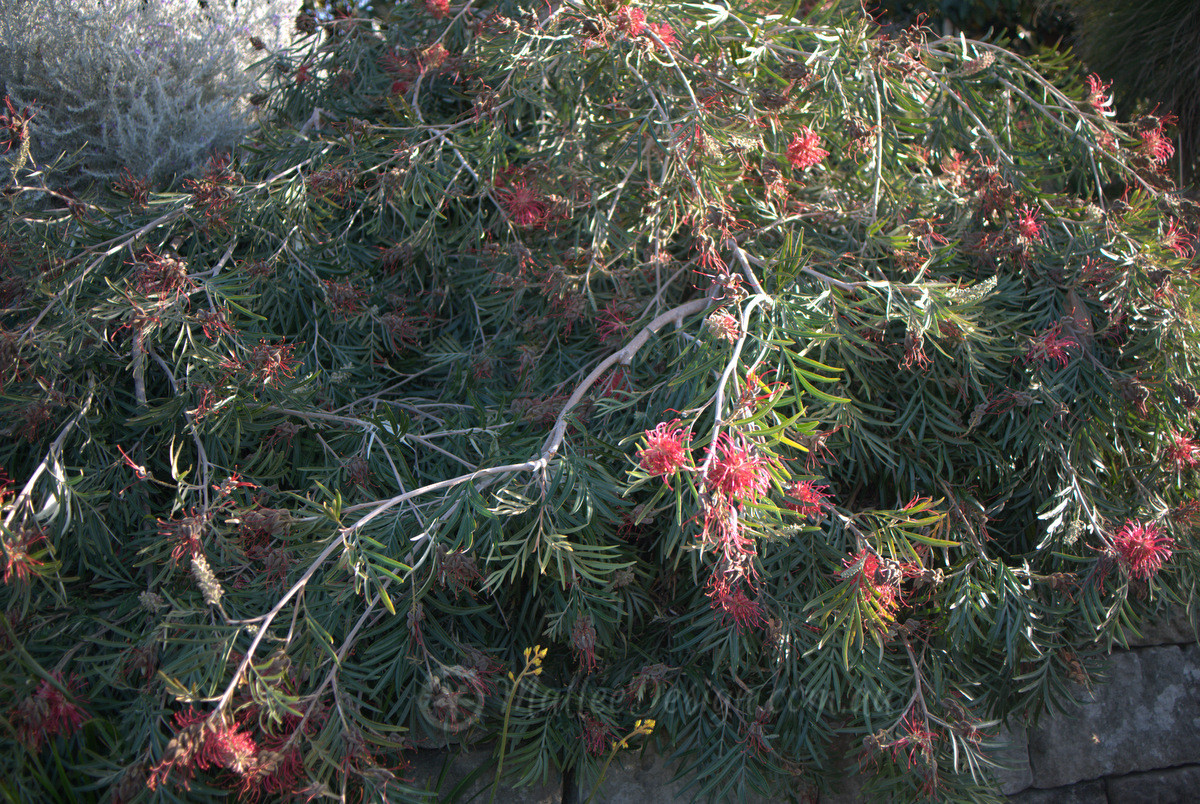
Rambling bank covering Grevillea banksii prostrate
There are many, many Grevillea ground covers, and most of them cover a large area and have either a toothbrush or spider flower. Not this one! this is Grevillea banksii prostrate and it not only has a large showy flower spike it also has the large leaves associated with the northern sub tropical Grevilleas and it…
-
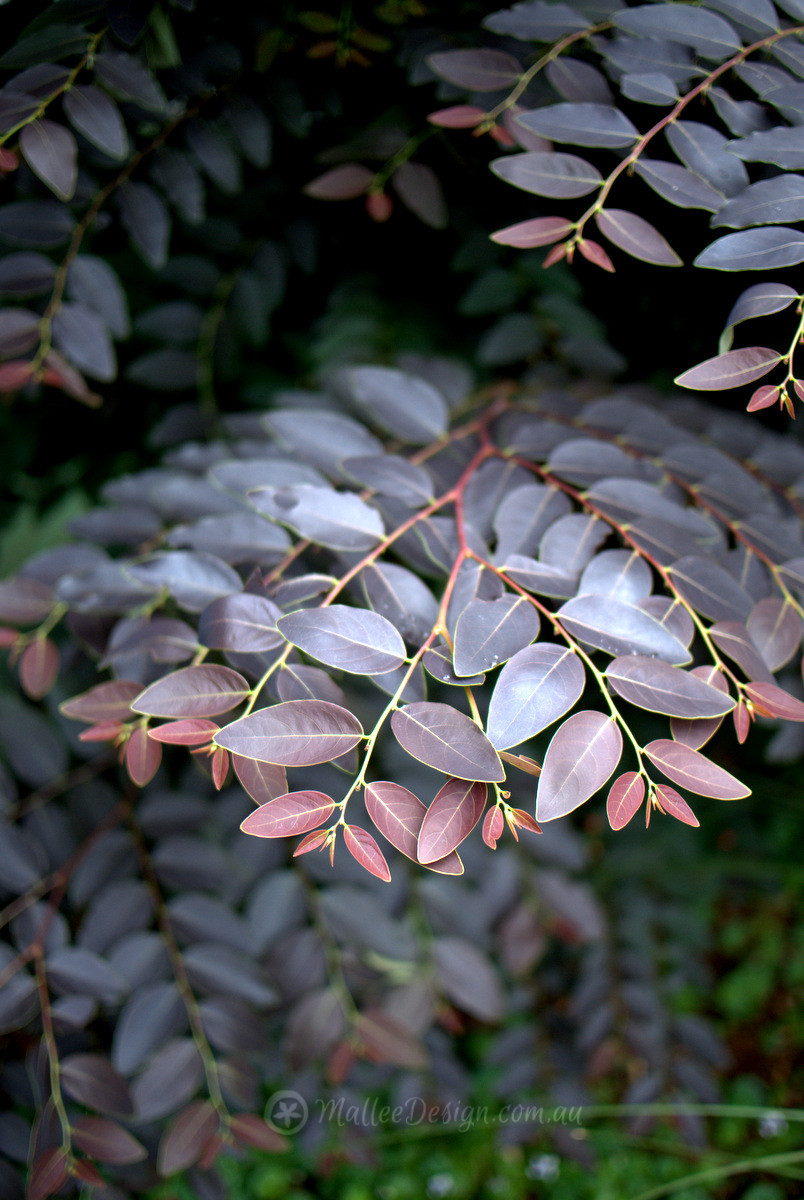
My obsession with Breynia ‘Ironstone’
Technically this is Breynia cernua ‘Ironstone Range’ and I absolutely adore it, these images are taken in a friends garden, he is a very talented “master” gardener and treats his Breynia ‘Ironstone’ mean….and it loves him for it 😉 I have written about Breynia ‘Ironstone’ before and have been patiently waiting to photograph a fine specimen like…
Tag: fast growing


